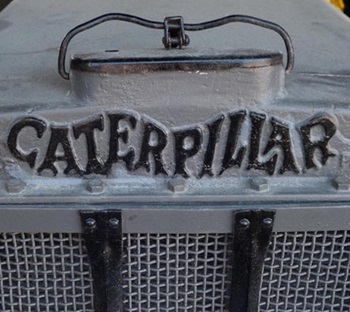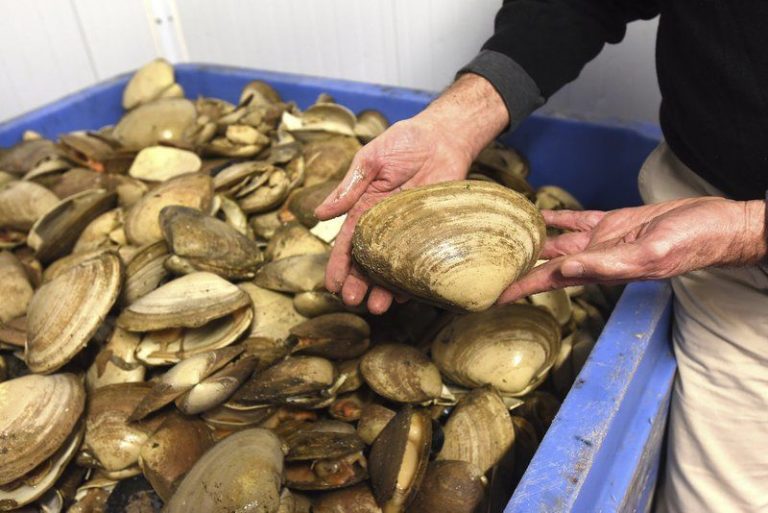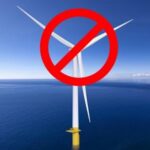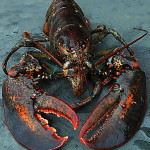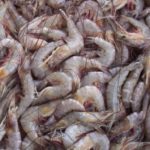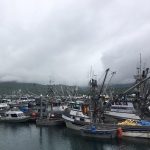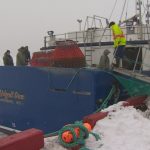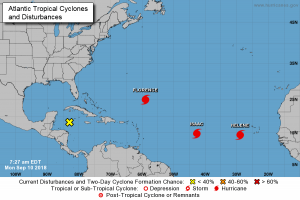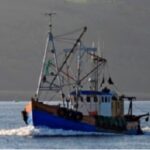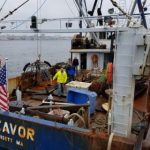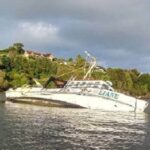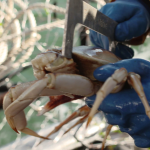Tag Archives: Caterpillar
Cat to deploy methanol dual-fuel 3500E marine engines in 2026
 Caterpillar Marine reports that it has made significant advances in the development of its methanol dual-fuel Cat 3500E marine engines. Under a memorandum of understanding (MOU) with Damen Shipyards, it will deploy the first set of field demonstrator 3500E marine engines in 2026. The Cat 3500E marine engines will use innovative dual-fuel technology based on proven diesel fuel systems that will supports vessels’ low-pressure – below 10 bar – fuel systems. The methanol dual-fuel Cat 3500E engine targets the same performance and durability as the current 3500E diesel engine while meeting emission standards and delivering 100% power. more, >>CLICK TO READ<< 14:53
Caterpillar Marine reports that it has made significant advances in the development of its methanol dual-fuel Cat 3500E marine engines. Under a memorandum of understanding (MOU) with Damen Shipyards, it will deploy the first set of field demonstrator 3500E marine engines in 2026. The Cat 3500E marine engines will use innovative dual-fuel technology based on proven diesel fuel systems that will supports vessels’ low-pressure – below 10 bar – fuel systems. The methanol dual-fuel Cat 3500E engine targets the same performance and durability as the current 3500E diesel engine while meeting emission standards and delivering 100% power. more, >>CLICK TO READ<< 14:53
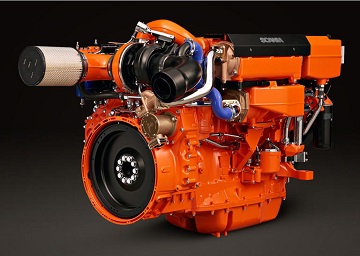
Best Diesel Marine Engines
It’s difficult to even quantify the importance of a reliable marine diesel engine. Sport-fishing/commercial fishing boats around the world simply wouldn’t have the legs to do what they do without these expertly and carefully crafted diesel machines. Evolving technologies continue to produce highly efficient and advanced engines for marine applications, whether starting new or repowering. Here, we’ve compiled a list of some of the best in the business. >click to read< 10:33
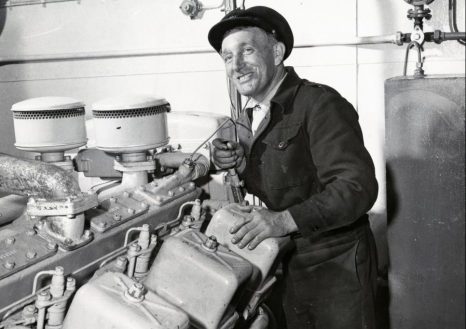
Eighty Years Ago, Caterpillar Went to Sea!
Cat® diesel engines have been famous on land for their dependability and economy since 1931. Seven years later, we decided to head off to sea. The demand for a marine diesel engine was high among boat owners, and we knew we had the ability to make a great one. While manufacturing our engines specifically for marine use was a new idea, the use of them in boats was not. For years, boat owners had recognized Caterpillar quality and adapted our regular power units to their boats. But starting in 1938, boat owners could buy Caterpillar engines specifically designed for use on the water. >click here to read<11:22
Caterpillar – How Should I Care for my Cooling System?
![caterpillar-3208-diesel-engine[1]](https://fisherynation.com/wp-content/uploads/2016/04/caterpillar-3208-diesel-engine1-e1460313599613.jpg) The first step for cooling system care is making sure you’re using the proper fluids. Either distilled or deionized water should be used with an approved antifreeze and an approved supplemental coolant additive or rust inhibitor. (Fishermen in warmer climates don’t need to use antifreeze but must still use the coolant conditioners.) Use a low-silicate antifreeze that meets one of the following specifications: GM 6038-M or ASTM #D4985. The fluid in the jacket water cooling system should not consist of plain tap water or water which has been “softened” by a domestic water softener. Tap water is not recommended for engine cooling systems because of additives, contaminants and other chemicals (such as salt, chlorides, sulfates, etc.) found in the water. Read the rest here 15:03
The first step for cooling system care is making sure you’re using the proper fluids. Either distilled or deionized water should be used with an approved antifreeze and an approved supplemental coolant additive or rust inhibitor. (Fishermen in warmer climates don’t need to use antifreeze but must still use the coolant conditioners.) Use a low-silicate antifreeze that meets one of the following specifications: GM 6038-M or ASTM #D4985. The fluid in the jacket water cooling system should not consist of plain tap water or water which has been “softened” by a domestic water softener. Tap water is not recommended for engine cooling systems because of additives, contaminants and other chemicals (such as salt, chlorides, sulfates, etc.) found in the water. Read the rest here 15:03






